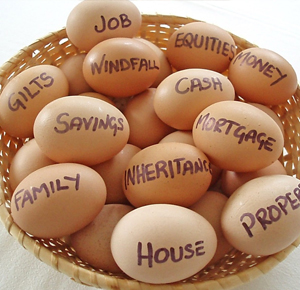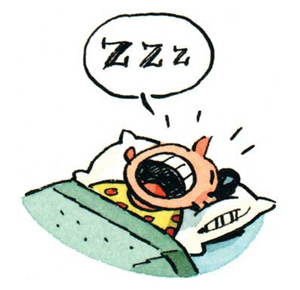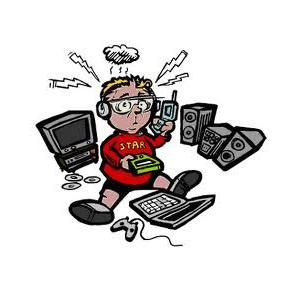 Taking care of your finances does not mean that you have to be well off. It simply means that however much money you earn, you keep a reasonable amount of it in order to achieve your goals. After all, it does not matter if you earn a fortune if you keep on frittering it away. You need to understand your own financial habits and one way of doing this is to create a budget for yourself (and for your family, if applicable) and then make certain that you stick to it. Be sure to have a solid understanding not just of how much you are earning, but also of your other assets – and of course, of your expenses and liabilities as well.
Taking care of your finances does not mean that you have to be well off. It simply means that however much money you earn, you keep a reasonable amount of it in order to achieve your goals. After all, it does not matter if you earn a fortune if you keep on frittering it away. You need to understand your own financial habits and one way of doing this is to create a budget for yourself (and for your family, if applicable) and then make certain that you stick to it. Be sure to have a solid understanding not just of how much you are earning, but also of your other assets – and of course, of your expenses and liabilities as well.
Having a plan is essential to achieving any goals you wish to set yourself and if you are in a position where it feels as though your finances are no longer in your control, then you need to seek professional help as soon as possible.
 The longest case of hiccups lasted for 68 years, according to the Guinness Book of World Records (and Wiki¬pedia). A teenage girl in Florida was reported to have hiccupped 50 times a minute for over five weeks.
The longest case of hiccups lasted for 68 years, according to the Guinness Book of World Records (and Wiki¬pedia). A teenage girl in Florida was reported to have hiccupped 50 times a minute for over five weeks. Sleep is very important to our health. A lack of sufficient sleep increases the risk of serious health issues such as diabetes, heart disease, high blood pressure and more. Poor sleep can also cause depression, premature aging of the skin and effects on the memory.
Sleep is very important to our health. A lack of sufficient sleep increases the risk of serious health issues such as diabetes, heart disease, high blood pressure and more. Poor sleep can also cause depression, premature aging of the skin and effects on the memory. Technology and easy Internet access can be both a blessing and a curse, giving us remote access to email, smartphones, Skype and other tools. In theory at least, this gives us the ability to be able to work from home and achieve a better work/life balance, and yet in some cases all it has actually done is increase the number of hours that we spend working.
Technology and easy Internet access can be both a blessing and a curse, giving us remote access to email, smartphones, Skype and other tools. In theory at least, this gives us the ability to be able to work from home and achieve a better work/life balance, and yet in some cases all it has actually done is increase the number of hours that we spend working. A while back, I consulted with a prospective client about implementing a newsletter in their business. They were keen on the idea, they could see the benefit in a newsletter but… the maths didn’t really work.
A while back, I consulted with a prospective client about implementing a newsletter in their business. They were keen on the idea, they could see the benefit in a newsletter but… the maths didn’t really work.